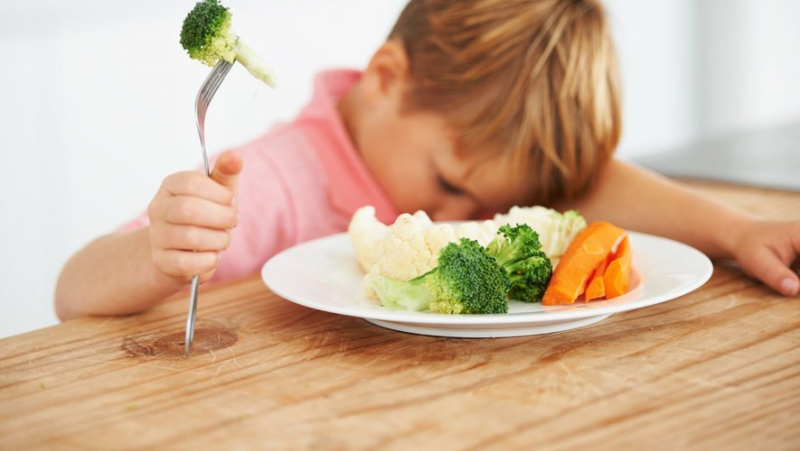Why don't Europeans eat enough fruits and vegetables ?

Only six countries in the European Union manage to consume the recommended dose of fruit and vegetables per day. PeopleImages/Getty Images
Rich in fiber, minerals and vitamins, fruits and vegetables are essential elements of our diet, and among the first cited within the National Nutrition and Health Program. Unfortunately, their presence on plates is not obvious to all Europeans.
Apples, pears… And that's it! On the European menu, there are not enough fruits and vegetables. According to the Freshfel Europe Monitor Consortium, an association which brings together producers from the Union and participates in the implementation of a forum around the fruit and vegetable supply chain , average consumption increased to 350g per day per capita in 2022. "The positive trend started during the coronavirus pandemic was slowed down by the economic crisis, which had an impact on purchases" analyzes the organism.
A decrease of 5% compared to 2021
Specifically, we are talking about a drop in fruit and vegetable consumption of 5% compared to 2021. We are also almost 3% less compared to the average of the previous five years. But the observation becomes especially worrying on a nutritional level when we recall the recommendations of the World Health Organization. Depending on the body, you must include at least five portions of fruits and vegetables, or at least 400g daily, in order to stock up on dietary fiber and reduce the risk of non-communicable diseases.
"In times of economic uncertainty, consumers tend to move towards a less healthy diet, perceived as more satisfying on energy-wise and as a cheaper food option than fruits and vegetables. Beyond the findings of Monitor 2022, preliminary data for 2023-2024 confirm the continuation of downward trends which in many cases reach more than 10%, meaning that post-pandemic consumption growth is now completely lost", comments on Freshfel. In the end, only six countries in the European Union manage to consume the recommended dose of fruit and vegetables per day.
Northern countries consume the most fruits and vegetables
For its part, Eurostat, the statistics office of the European Union, had indicated in a previous publication that in 2019 Ireland, the Netherlands and Denmark successively constituted the countries where the population ate the most tomatoes, zucchini, peppers and other fruits or vegetables. 33% of Irish people reached five or more daily servings. For its part, France was not very far away, with 20% of its population managing to respect WHO recommendations. Across the Union, only 12% of the European population managed to consume five portions or more.
Conversely, 33% of Europeans declared five years ago that they did not eat any fruit and vegetables on a daily basis. The countries with the lowest consumption were Romania (2%), Bulgaria (5%), Slovenia (5%) and Austria (6%). Validating the preconceived idea that women are more likely to eat salad and carrots, men are more likely (39%) to give up this type of food.




